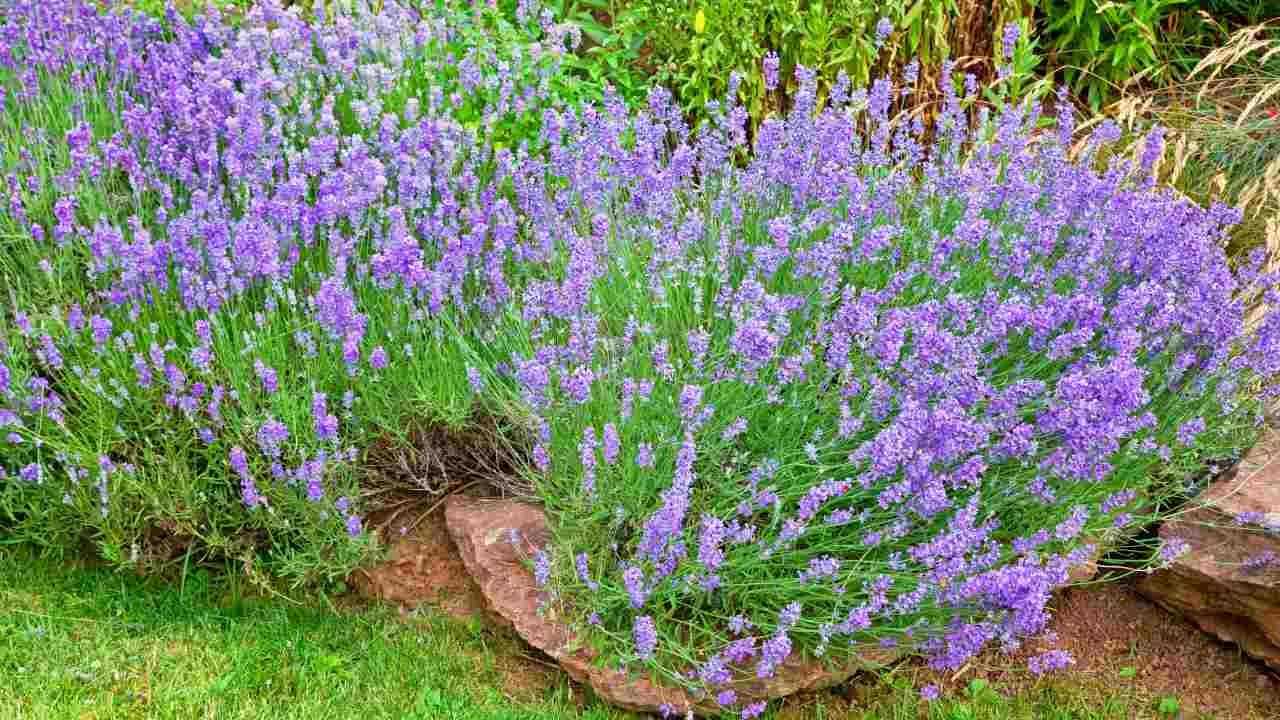The Best Plants for a Drought-Resistant Landscape in Connecticut

If you're tired of watching your lawn struggle through hot, dry summers, it may be time to rethink your landscaping strategy. A smart way to conserve water and still have a beautiful yard is by choosing plants that thrive in dry conditions. Many homeowners looking for help with lawn care in New Haven CT are now turning to drought-resistant landscaping as a sustainable, low-maintenance solution.
In this post, you’ll discover the best plants for a water-wise garden, how to design with drought resistance in mind, and a quick case study to show just how effective the right plant choices can be.
Why Choose Drought-Resistant Plants?
Drought-tolerant plants are adapted to survive with minimal water, making them ideal for areas with water restrictions or naturally dry climates. Even if you live in a region that gets decent rainfall, planting these varieties can save you money on your water bill and reduce the time spent watering and maintaining your garden.
Here’s what makes these plants so valuable:
- They require less water.
- They’re more resilient during heat waves.
- They need less frequent care.
- They often attract pollinators like bees and butterflies.
With just a bit of planning, you can create a thriving, eco-friendly yard that still looks lush and colorful.
Top Drought-Resistant Plants to Consider
Here are some superstar plants that look great and perform well in dry conditions:
1. Lavender
This fragrant herb isn't just for aromatherapy. Lavender thrives in hot, dry climates and brings a pop of purple to your yard. It needs full sun and well-drained soil.
2. Sedum (Stonecrop)
Sedums are succulents that come in many shapes and sizes. They store water in their leaves and can handle long dry spells without losing their charm.
3. Russian Sage
With silvery leaves and delicate lavender-blue flowers, Russian Sage adds a touch of elegance and thrives even in poor soil.
4. Yarrow
This hardy perennial is nearly indestructible. It has fern-like foliage and clusters of small flowers that bloom in yellow, white, or pink.
5. Coneflower (Echinacea)
Coneflowers are native to North America and beloved by pollinators. They can handle tough conditions and still bloom from summer into fall.
6. Blue Fescue
A perfect choice for ground cover or border edging, this ornamental grass adds texture and color with minimal watering needs.
7. Agave
If you're leaning toward a more modern or desert-inspired design, agaves are stunning focal plants. Their bold, sculptural form makes a big statement.
Design Tips for a Drought-Friendly Yard
Planting the right species is only part of the picture. Here’s how to make the most of your drought-tolerant landscape:
- Group plants with similar water needs to make irrigation more efficient.
- Use mulch to keep soil moist and reduce water evaporation.
- Limit lawn area or replace it with ground cover or decorative gravel.
- Install drip irrigation to target roots directly and reduce waste.
- Choose native plants whenever possible—they're already adapted to local conditions.
Case Study: A Water-Saving Transformation
A homeowner in New Haven swapped their thirsty front lawn for a drought-tolerant garden using lavender, coneflowers, and ornamental grasses. With help from Avalanche Landscaping, they cut their outdoor water use by 60%, spent far less time on upkeep, and enjoyed a yard that bloomed through even the driest months. Thanks to the team's expert guidance and professional services, the result was not only sustainable but stunningly beautiful.
Ready to Go Green?
Switching to a drought-resistant landscape doesn’t mean settling for a dull or sparse yard. With the right plant selections and thoughtful design, you can build a vibrant outdoor space that’s both eco-friendly and easier to care for.
Want to explore landscaping options that fit your local climate? Contact a trusted New Haven landscaping professional and start planning your drought-smart garden today.

